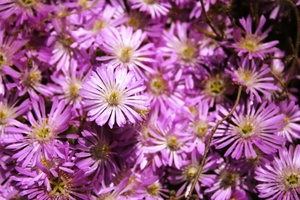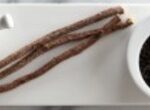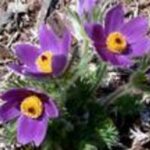Lovely in the garden and useful for treating common ailments, Coneflowers (Echinacea purpurea) are one plant your herb garden shouldn’t be without. They belong to the plant family of Asteraceae which includes all of the thousands of species of asters, daisies, and sunflowers. Even with all of these relatives, Echinacea has a prominent place as an herb that is commonly grown in home herb gardens for beauty as well as usefulness.
Extensive testing has been done in Europe, especially Germany, where Echinacea is used to enhance the immune system and as a boost for fighting infection. It is also used elevate mood. Although there has been some controversy in the US medical community over whether the Echinacea claims are legitimate, those who have experienced the results do not doubt.
Echinacea is easy to grow. It prefers full sun, but will tolerate light shade. Rich soil will produce plants that are quite large, as tall as 5 feet or so, but it also grows well in less fertile soil. Plants are sensitive to too much water, and they should be planted where there is good drainage and little chance of puddling around the roots. An easy way to grow Echinacea is to give it an area of the garden and just allow it to reseed and grow as wildflowers. If you plant from seeds, you can plant them very early, about the same time you plant peas.
All parts of the plant are useful. The top growth should be harvested just before the flower buds open by cutting the stems just above the first or second pair of full green leaves. (It is normal to have a few dead leaves at the base of the plant.) Make a good, clean cut and new growth will emerge for another harvest. Kitchen shears are a handy way to just snip off the top growth. Wash the herb by gathering a small handful of stems and swishing them gently in water. Then tie them into bundles and hang them up to dry, or spread them out on a screen to dry. As with all herbs, keep them out of direct sunlight and leave plenty of room for air circulation. The leaves will crumble easily when they are completely dry. A dehydrator may also be used for quicker drying or in humid climates; use the lowest heat setting.
Roots should be harvested in the fall when the top growth has been killed by hard frost. If there are seed heads on the plants, distribute them on the ground if you want additional plants the next year. Harvest roots from well-established plants. Removing root growth from plants younger than 3-4 years may result in killing the plant. To harvest Echinacea roots, lift the plant and tip it back using a garden fork. Use a very sharp knife and clean-cut the portions of root that you want to harvest. Be sure to leave enough root to sustain the plant. A good rule of thumb is to harvest about 20% of root if you intend to make annual harvests. Replace the plant, firm the soil around the disturbed roots, and replace the mulch for the winter.
Prepare Echinacea roots by washing them completely. Cut them into pieces about 1/2 inch or so in size to shorten drying time. Smaller pieces are also not as likely to mold during drying. Hang the pieces in netting or cheesecloth bags to dry, or spread them out on a screen. A dehydrator will dry roots with a minimum risk of mold; always use the lowest heat setting and check the dehydrator often.
To make a light and flavorful tea from the dried flowers and leaves, use 2 teaspoons of dried herb and one cup of boiling water. Steep for 15 minutes and strain the tea. Add honey or lemon as desired.
Roots are used to brew a decoction, which is a stronger tasting liquid that is more potent. To brew a decoction, use 2 teaspoons of dried root with one cup of water and simmer them together in a tightly covered pot on very low heat for 30 – 60 minutes. The simmer time can be reduced if the root is ground or chopped into smaller pieces. (Be sure to use a tight-fitting lid so the water won’t boil away.) Strain the liquid and it’s ready to drink; add honey or lemon to taste. This stronger version is recommended as a dose for treating a cold or infection.
- The traditional Echinacea angustifolia was used extensively by Native Americans. This variety grows to 5 feet tall and 5 feet wide, and is covered with smaller 2 inch pink or purple blossoms.
Mainly the root of this plant is used medicinally.
Sources:
Personal experience and love of gardening
http://www.gardenguides.com/how-to/tipstechniques/herbs/coneflower.asp




